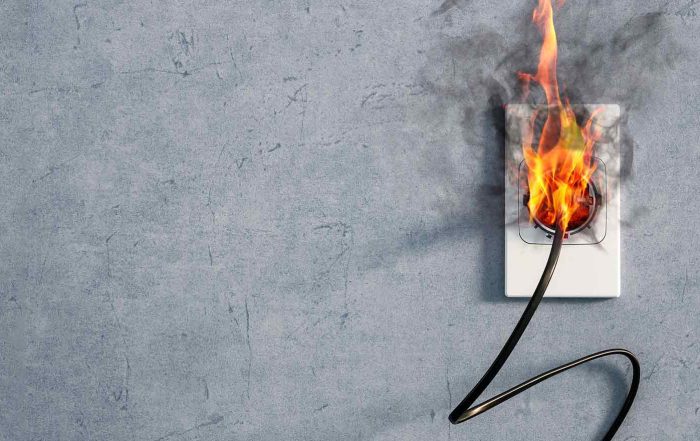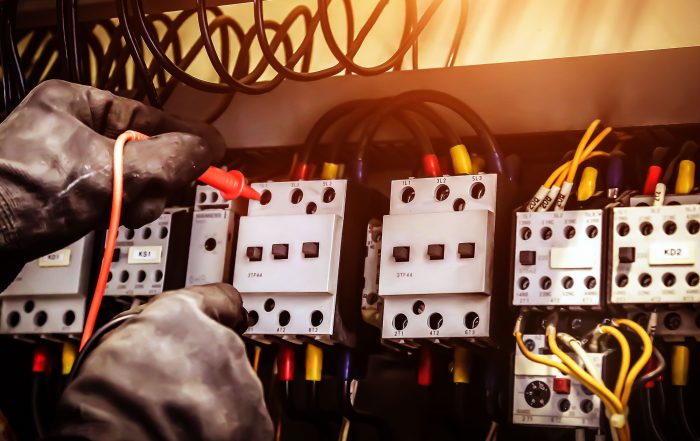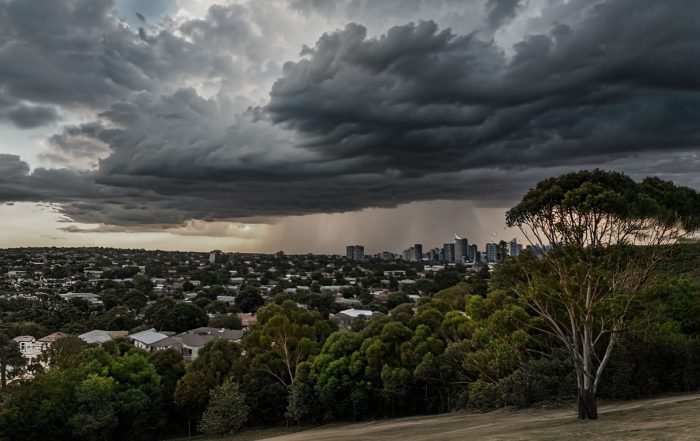What is a DALI system (and why should I care)?
DALI Systems Explained
DALI (Digital Addressable Lighting Interface) is a really cool system to control lights. It’s based on specifications developed by some of the leading lighting manufacturers around the world.
Why does that matter? Read on and find out!
What is DALI?
DALI stands for Digital Addressable Lighting Interface. It’s a two way communication system that brings digital technology to lighting, and adds a standard method of communication to lighting systems.
DALI was developed jointly and the specification written by a number of leading manufacturers of lighting equipment globally. The standard protocol of DALI makes lighting control systems easier and simpler to specify and operate.
It’s also awesome because equipment from one manufacturer can be connected to equipment from another manufacturer, and since it’s a common platform, they can still can communicate with each other.
What does it do?
You normally have a switch for a light, right?
And if you wanted to change which light that switch controls, we’d need to come in and rewire it.
But with DALI, you can change which switch controls which light by using a controller or a computer.
That’s a pretty basic example, but you could do cool things like telling the computer to switch off all the lights in a warehouse office. That message would go out throughout the lighting network, and all the lights that are assigned to the warehouse office would get that message and turn off.
The awesomeness happens when you can have lights assigned to multiple areas. So you could turn off the lights for the office, or for the entire warehouse. In both cases, the lights would listen and do their job.
Why should I use it?
- You can easily reconfigure your lighting without having to tear into the ceiling, making the process of rearranging people, offices and furniture easier.
- Lighting can be tailored (either individually or across the entire facility) to accommodate peak demand, amount of visible daylight, energy rates, etc.
- Open protocol allows for many different brands of products to be involved, so you can mix and match to either save money or get the best quality outcome (or both).
- Installation of the control wiring can be pretty simple.
- As with other systems, DALI allows pre-set lighting scenarios to be created and achieved with the touch of a button or click of a mouse.
- Due to DALI’s two-way communication, LED drivers and ballasts can be queried individually to check energy usage.
- LED drivers and ballasts can also be queried for lamp and ballast failure.
There’s a lot of awesome reasons to use it, but one of the biggest is how much easier it makes maintenance. You can be super proactive in fixing faults, simply because you can easily identify lights that are faulty.
What should I do if I want to do it?
There are two main things you should do if you want to look at a DALI system for your building.
Firstly, you want to find a DALI certified installer (hint, there’s a reason why we wrote this article). It isn’t a common thing, and one of the main reasons we got the certification is because the only people that were doing it charged a bucket load for their time – and we didn’t want our clients to pay that much.
Secondly, you want to figure out whether it’s even going to be worthwhile. DALI is a no brainer on a new build, because you can wire it up from the get go. But when you have an existing building with existing wiring, you need to see whether your existing circuits will support it.
Of course, if you want a friendly and trustworthy electrician that is a DALI certified installer to explain all things DALI to you, give us a call on (02) 9809 5299.



